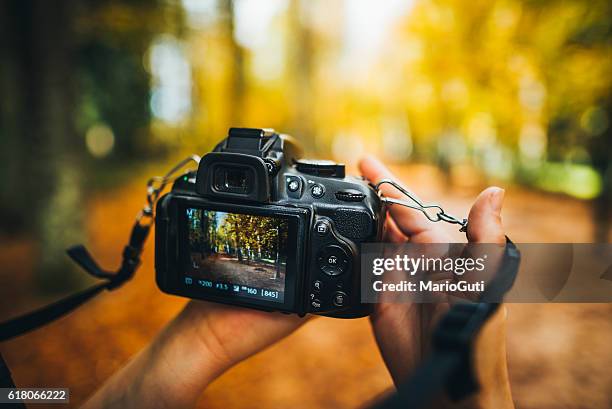Videography is more than recording moments—it’s about crafting stories that captivate and inspire. With the rise of digital platforms, videography has become a powerful medium for expression, communication, and entertainment. Whether you’re a beginner or an experienced filmmaker, understanding the nuances of videography can take your skills to new heights.

Why Videography Matters
Videography stands out because it combines visuals, sound, and motion to create an immersive experience. For instance, a well-shot video can make viewers feel the excitement of a live concert or the tranquility of a serene landscape. Moreover, videos are highly engaging, making them an effective tool for storytelling and marketing.
Because videos have the power to evoke emotions and build connections, they are essential in today’s visually driven world.
Essential Tools for Videography
To succeed in videography, the right tools make all the difference. Here are some essentials:
- Cameras: DSLRs, mirrorless cameras, or even smartphones can produce high-quality videos. Choose a camera that fits your goals and budget.
- Stabilizers: Tools like gimbals and tripods ensure smooth footage, especially during movement.
- Microphones: Clear audio enhances the viewer’s experience. Consider using external microphones for better sound quality.
- Lighting Equipment: Proper lighting can dramatically improve the quality of your videos, especially in low-light settings.
- Editing Software: Applications like Adobe Premiere Pro, Final Cut Pro, or DaVinci Resolve allow you to refine your footage and add creative elements.
Investing in quality equipment is crucial because it lays the foundation for professional-looking videos.
Tips for Stunning Videography
- Plan Your Shots: Storyboarding helps you visualize your video and ensures you capture all essential scenes.
- Master Lighting: Utilize natural light or artificial setups to create the desired mood for your video.
- Focus on Composition: Follow rules like the rule of thirds and experiment with angles to add visual interest.
- Capture Clear Audio: Use high-quality microphones and test sound levels before recording.
- Edit Thoughtfully: Cutting unnecessary footage and adding transitions can make your video flow seamlessly.
By applying these tips, you can elevate your videos from average to exceptional.
The Importance of Transition Words
Transition words like “Moreover,” “Therefore,” and “For example” make your content easier to follow. In videography blogs, these words improve readability, helping readers grasp techniques and tips effortlessly. Additionally, good transitions enhance SEO by boosting content structure and clarity.
Emotional Impact of Videos
Videos have a unique way of resonating emotionally with audiences. For example, a wedding video captures love and joy, while a travel vlog evokes wanderlust. Because videos combine visuals, sound, and movement, they can convey emotions more powerfully than static images. This ability to connect emotionally is why videography is such a compelling art form.
Why Learn Videography?
Learning videography opens doors to countless opportunities. Whether you want to document personal moments, create content for social media, or pursue a professional career, videography offers endless possibilities. It’s a skill that blends technical expertise with creative vision.
Moreover, video content is in high demand across industries like advertising, entertainment, and education, making videography a valuable skill to master.
Conclusion
Videography is an art that combines creativity, technical skills, and storytelling. With the right tools and techniques, anyone can create videos that captivate and inspire. Start with basic equipment, practice regularly, and let your imagination guide your storytelling process. Because every video has the potential to tell a story that resonates, now is the perfect time to start your journey into the world of videography.

